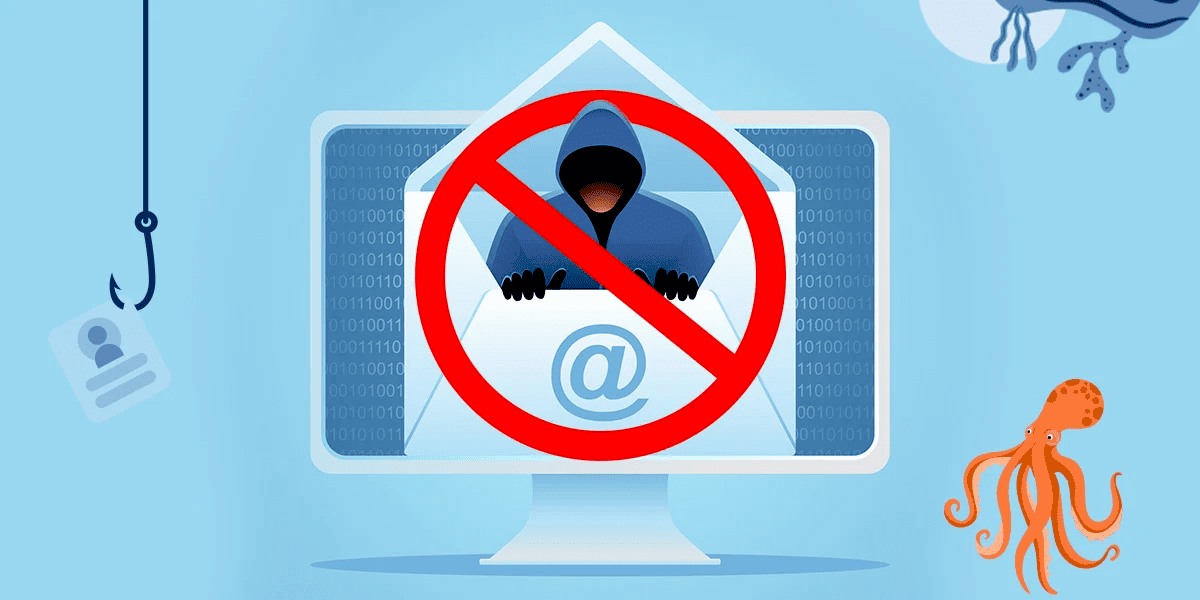This article provides a comprehensive guide on social media scams, covering types, recognition, protection, reporting, and education for users. It emphasizes the importance of awareness and proactive measures to safeguard personal information and help others stay informed.
Types of Social Media Scams
Social media scams come in various forms, and understanding these types is crucial to staying safe online. The most common scams include:
- Phishing: Scammers impersonate legitimate organizations to steal personal information. They often use emails or messages that appear to be from trusted sources, prompting users to click on malicious links.
- Impersonation: This involves creating fake profiles that mimic real people. Scammers use these profiles to gain trust and manipulate victims into sharing sensitive information or sending money.
- Fake Giveaways: Scammers lure users with promises of free products or services in exchange for personal details. These scams often require users to share posts or tag friends, increasing their reach.
Awareness of these scams helps users to recognize potential threats. Being informed is the first step in protecting oneself from falling victim to social media scams.
Recognizing Social Media Scams
Identifying social media scams requires vigilance. Key signs include:
- Unusual Messages: If a message seems out of character for a friend or organization, it could be a scam.
- Requests for Personal Information: Legitimate organizations will not ask for sensitive information via social media.
- Urgency: Scammers often create a sense of urgency, pressuring victims to act quickly.
- Poor Grammar and Spelling: Many scams originate from non-native speakers, leading to noticeable language errors.
Being aware of these red flags helps users effectively identify potential scams and protect themselves.
Protecting Your Personal Information
Safeguarding your personal information from scammers is essential. Here are best practices to enhance your security:
- Use Strong Passwords: Create complex passwords that include a mix of letters, numbers, and symbols. Change them regularly.
- Enable Two-Factor Authentication: This adds an extra layer of security by requiring a second form of verification.
- Be Cautious with Friend Requests: Only accept requests from people you know personally to reduce the risk of impersonation.
- Limit Personal Information: Avoid sharing sensitive details like your home address or phone number publicly.
Implementing these practices significantly reduces the risk of falling victim to social media scams.
What to Do if You Fall Victim to a Scam
If you find yourself falling victim to a social media scam, it’s essential to act quickly. Here are the practical steps to take immediately:
- Document Everything: Take screenshots of messages, posts, and any interactions related to the scam. This documentation can be crucial for future reporting.
- Change Your Passwords: Immediately change your passwords for any accounts that may have been compromised. Use strong, unique passwords for each account.
- Notify Your Contacts: Inform friends and family about the scam. They may receive messages from the scammer pretending to be you.
- Report the Scam: Report the scammer to the respective social media platform. Each platform has its own procedure for reporting scams.
- Monitor Your Accounts: Keep an eye on your bank accounts and credit reports for any unusual activity. Consider placing a fraud alert on your credit report.
Taking these steps can help mitigate the damage and prevent further issues from arising after being scammed.
How to Report Scams on Social Media
Reporting scams on social media is vital for maintaining a safe online environment. Here’s how to report scams on popular platforms:
- Facebook: Go to the scam post or message, click on the three dots in the upper right corner, and select “Find Support or Report Post.” Follow the prompts to report.
- Instagram: Tap the three dots on the post or profile, select “Report,” and choose the appropriate reason, such as “It’s inappropriate” or “Scam or fraud.”
- Twitter: Click on the downward arrow on the tweet, select “Report Tweet,” and follow the prompts to identify it as spam or a scam.
- LinkedIn: Navigate to the profile or post, click on the “More” option, and select “Report.”
Each platform has dedicated teams to handle reports, and your action can help protect others from falling victim to similar scams.
Common Signs of Phishing Attempts
Recognizing phishing attempts on social media is crucial to safeguarding your information. Here are common signs:
- Suspicious Links: Be wary of links that seem unusual or lead to unfamiliar websites. Hover over links to see the actual URL before clicking.
- Unsolicited Messages: Unexpected messages from unknown users asking for personal information or urging immediate action are red flags.
- Generic Greetings: Phishing messages often use generic greetings like “Dear user” instead of your name, indicating a lack of personalization.
- Too Good to Be True Offers: Be cautious of messages promising unrealistic rewards or deals, which are often used to lure victims.
By being vigilant and recognizing these signs, you can significantly reduce the risk of falling for phishing scams on social media.
Resources for Social Media Safety Education
To stay informed about social media scams and enhance your safety online, utilize various resources available for ongoing education. Here are some valuable websites and tools:
- Federal Trade Commission (FTC): The FTC offers a wealth of information on consumer protection, including tips on recognizing and avoiding scams.
- StaySafeOnline: This site provides resources on how to protect your personal information and stay safe while using social media.
- Cybersecurity & Infrastructure Security Agency (CISA): CISA offers educational materials and alerts about the latest online threats.
- Scamwatch: An Australian government website that provides information on scams and how to report them, offering insights that are useful globally.
Engaging with these resources regularly can help you stay updated on the evolving landscape of social media safety, ensuring you’re well-prepared to identify and avoid scams.
Educating Friends and Family
Sharing knowledge about social media scams with friends and family is essential for building a community of informed users. Here are effective ways to educate others:
- Host Informative Sessions: Organize small gatherings or virtual meetings where you can share insights about common scams and protective measures.
- Share Resources: Distribute links to helpful websites or articles about social media safety, ensuring everyone has access to reliable information.
- Use Real-Life Examples: Share stories of scams that have affected people you know. Real-life examples can make the risks more tangible and relatable.
- Encourage Open Discussions: Foster an environment where friends and family feel comfortable discussing their experiences with scams and seeking advice.
By actively educating those around you, you contribute to a safer online environment for everyone, reducing the risk of falling victim to scams.
Conclusion
Staying informed about social media scams is critical in today’s digital landscape. By understanding different types of scams, recognizing key signs, and implementing protective measures, you can significantly reduce your risk. Remember to utilize resources for ongoing education, and take the initiative to educate friends and family. Together, we can foster a safer online community and empower each other to navigate social media with confidence.





